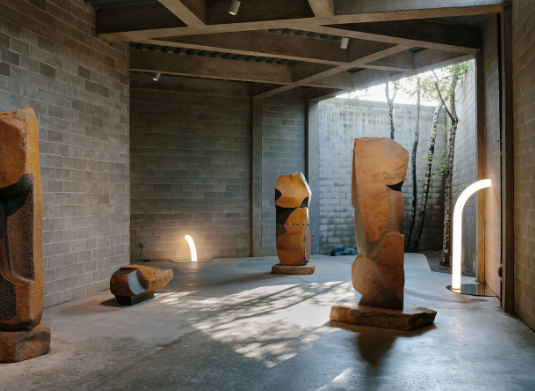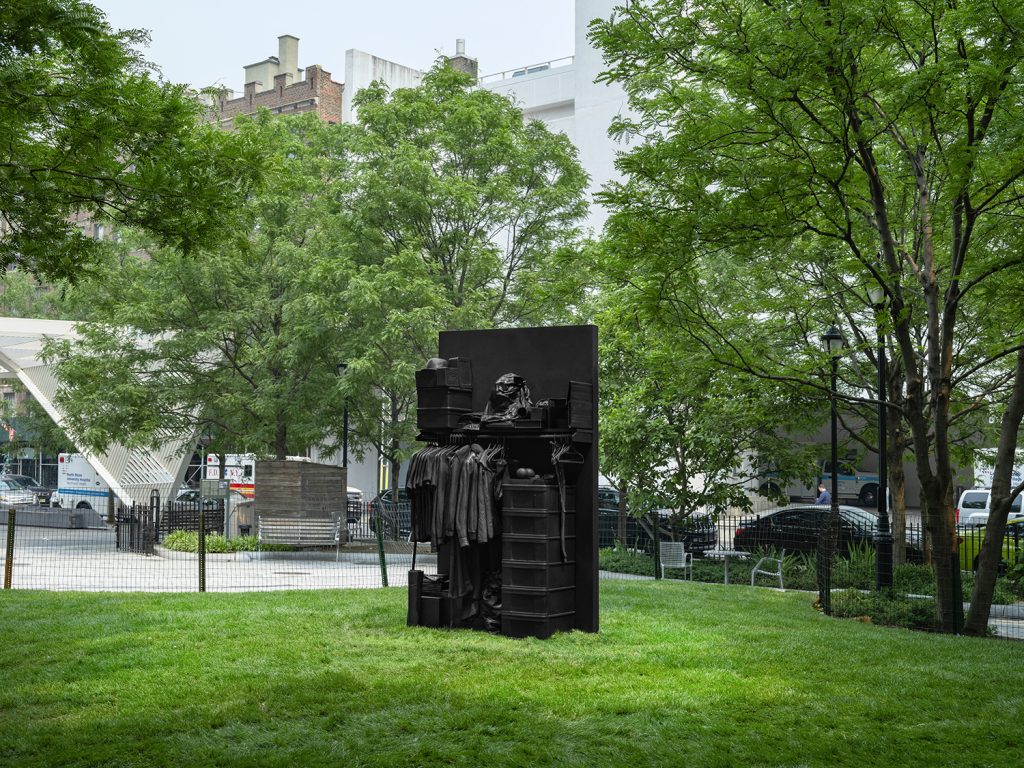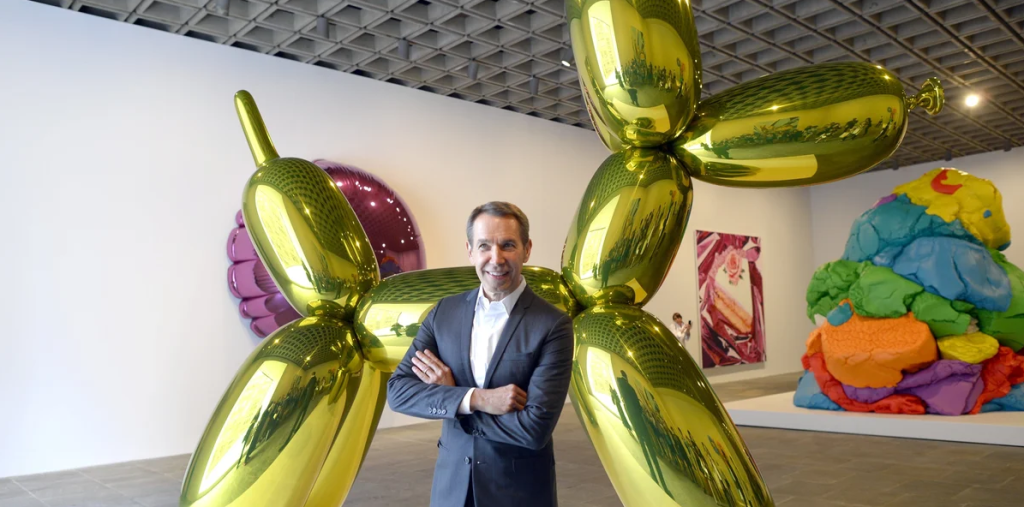Isamu Noguchi was a multifaceted artist whose work transcended traditional boundaries, merging sculpture, architecture, and design. His profound understanding of space and material invites us to explore the intricate harmony between abstract form and human experience. This exploration not only enriches our appreciation for art but also encourages us to reflect on the relationship between nature and creativity.
The Early Life of Isamu Noguchi
Born in 1904 in Los Angeles to a Japanese father and an American mother, Noguchi’s mixed heritage played a crucial role in shaping his artistic vision. He moved between cultures, absorbing influences from both the East and West. His initial training as a sculptor was at the Leonardo Da Vinci School in New York, after which he ventured to Paris, where he was introduced to modernist movements that would deeply inform his later work.
Noguchi’s Unique Artistic Philosophy
Noguchi’s approach was characterized by an exploration of sculptural form in relation to space and the environment. He believed that art should harmonize with nature, rather than compete against it. This philosophy is evident in his outdoor installations, where he often incorporated natural elements like stone and water, creating contemplative spaces that invite viewers to engage with their surroundings in a meaningful way.
Legacy and Influence
The legacy of Isamu Noguchi extends beyond his visually striking pieces; it lies in his ability to bridge diverse artistic expressions. From lighting fixtures to playgrounds, his designs reflect a harmonious relationship between functionality and aesthetic appeal. Noguchi’s work continues to inspire contemporary artists and designers, encouraging a dialogue about the role of art in public spaces and everyday life. His blend of simplicity and complexity exemplifies how abstract forms can resonate with audiences, fostering a deeper appreciation for art’s role in our world.
If you’re intrigued by Noguchi’s contributions to art and design, take the time to explore his works further. Understanding his creative philosophy can enrich your perspective on both art and the nature of harmony in design. Don’t miss the opportunity to discover how his legacy continues to inspire today’s artists!


